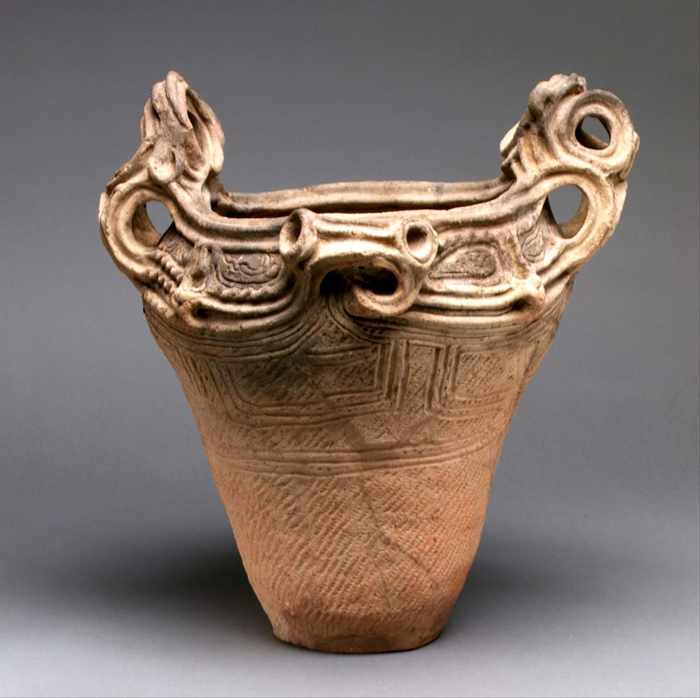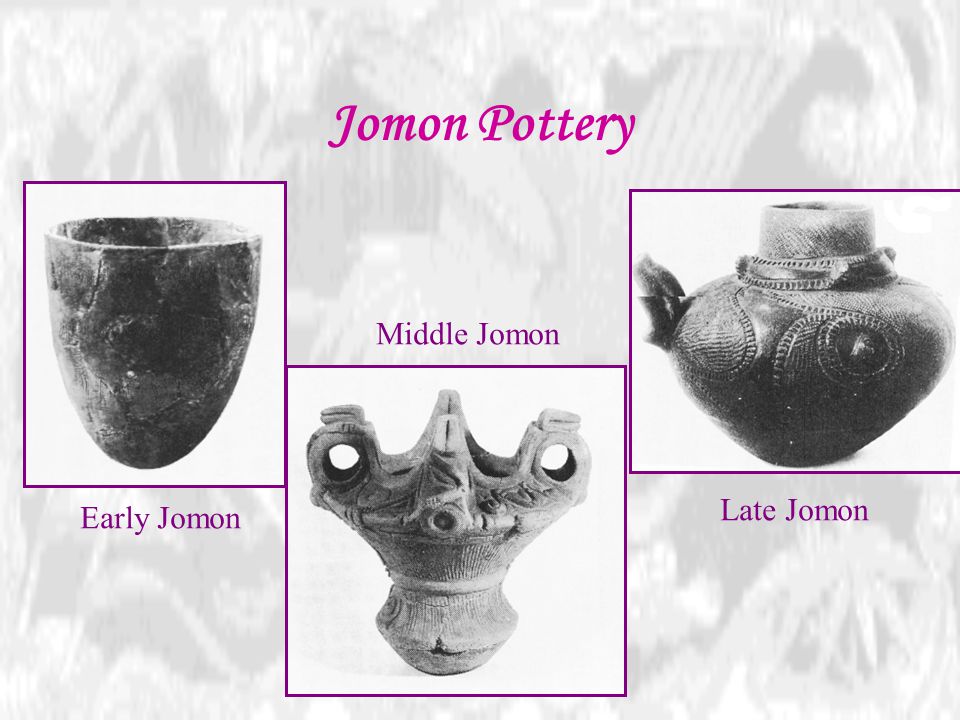In addition in order to the The History Of Jomon Pottery And Its Uses Coloring Pages. But the materials used and figures produced in Japan have their own distinct look.
The History Of Jomon Pottery And Its Uses Coloring Pages - If you're looking for picture and video information related to the keyword you've come to pay a visit to the right blog. Our website provides you with suggestions for seeing the highest quality video and picture content, search and locate more enlightening video content and images that match your interests. comprises one of thousands of video collections from various sources, particularly Youtube, therefore we recommend this movie that you view. This site is for them to visit this site.
Pin On Joman Pottery
The Jomon had a combination with variety types of clay that were shadow and tint colors.

The history of jomon pottery and its uses coloring pages. Pottery was invented by people living in Japan China and Korea during the last Ice Age about 14000 years ago. The Jomon people a society of hunters were among the first in the world to create pottery vessels. Depending on what color clay was used- red or black- the background color would change.
For many scholars both in Japan and around the world pottery was first produced in mainland Asia and then brought to Japan by other groups. We found many fascinating and extraordinary The History Of Jomon Pottery And Its Uses Coloring Pages photos that can be tips input and information with regard to you. In this unit you will view examples of these ancient vessels and then using the coiling method create your own.
About 5000 years ago during the Jomon period some remarkably dynamic designs emerged including billowing wave ornamentation for pot rims and fanciful patterns covering every part of the exterior. People obtained food by gathering fishing and hunting and often migrated to cooler or warmer areas as a result of shifts in climate. Although the oldest pots in the world were made in Japan the technique didnt spread from there.
Jomon pots are the oldest pots in the world. Their earthenware is characterized by a distinctive rope-like pattern. Morse 1838-1925 who excavated the first known examples of Jomon ceramic art from the Omori shell-mound near Tokyo.
Pottery seems to have been invented in different places at different times right across the world. Morse who in 1877 undertook what is widely recognised as the first scientific excavation in Japan at the shell mounds of Omori a short distance west of Tokyo in the modern city of Yokohama. The Jomon pottery of Japan I found that the forms of the earliest examples of Jomon ceramic ware are comparable in shape to objects found in Korea during the same time period.
Jomon usually crafted their vessels by building them up with coils of clay then firing them in bonfires at relatively low temperatures. It is thought that Jomon pottery was made by women as was the practice in most early societies especially before the use of the potters wheel. The Jomon period in Japan has produced some of the worlds oldest pottery.
In East Asia there had been incomplete historical records on the Sitophilus species in China before the Jomon maize weevils were discovered as impressions on Jomon pottery. The Jōmon period was from 14000 300 BCE. This suggests an early interaction between these two early cultures.
From Junko Habus Ancient Jomon of Japan and. The purpose of this honors project was to further explore the creation of ceramic objects and its unique position in the larger sphere of Japanese culture art and art history by immersing myself it its origins Jomon pottery by learning from and trying to recreate this traditional ceramic process. Mon pattern doki earthenware.
The term Jōmon means rope patterned in Japanese describing the patterns that are pressed into the clay. The following date this Jomon pot was created was during the middle age of the Jomon Culture which was c. Art creates meaning and purpose.
Jōmon pottery is an ancient type of pottery which was made and used during the Jōmon period in Japan. The Jomon hunter-gatherer way of life enriched and transformed by the making of Jomon pottery didnt radically change for over 14000 years. The history of pottery in Japan dates back over 10000 years ago to the Jomon period 14000 400 BC.
In modern East Asia including Japan the maize weevil is a well-known rice grain pest and it prefers to infest maize grains in addition to rice grains Yasutomi and Umeya 2000. The name given to this craft was first applied by American scholar Edward S. Morse who used the term in his book Shell Mounds of Omori 1879 to describe the distinctive decoration on the pottery shards he found.
These pieces are frequently decorated with stories of mythological heroes and the Greek pantheon. It was christened Jomon pottery by the American zoologist Edward S. The word Jomon means cord-marked and the Jomon period takes its name from this type of pottery.
In Japanese jōmon means cord pattern which refers to the technique of decorating Jōmon-period pottery. As prehistoric works of art Jōmon pottery vessels are some of the oldest in the world. This time period was marked by the appearance of pottery that had cord patterns to it which translates to Jomon in Japanese.
The Jōmon period is Japans Neolithic period. Because of these cord patterns earthenware from this time is called jomon doki jo cord. The artist that created this Jomon pot was.
Because all the recovered sherds had marks of twisted cords on their exterior surfaces Morse gave them the. Jomon pottery was first recognised by the American zoologist Edward S. We are all born creative.
Creating perfect reproductions or replications of specific Jomon objects was not my aim. Black backgrounds were painted on red pots for example and vice versa.
Medieval Japan Ppt Download
A Brief History Of The Arts Of Japan The Jomon To Heian Periods Article Khan Academy
Jomon Pottery Facts And Details
Jomon Pottery Facts And Details
Https Www Jstor Org Stable Pdf 1522589 Pdf
Jomon Pottery Facts And Details
Jomon Pottery Facts And Details
Japanese Pottery And Porcelain Wiki Thereaderwiki
Jomon Pottery Facts And Details


